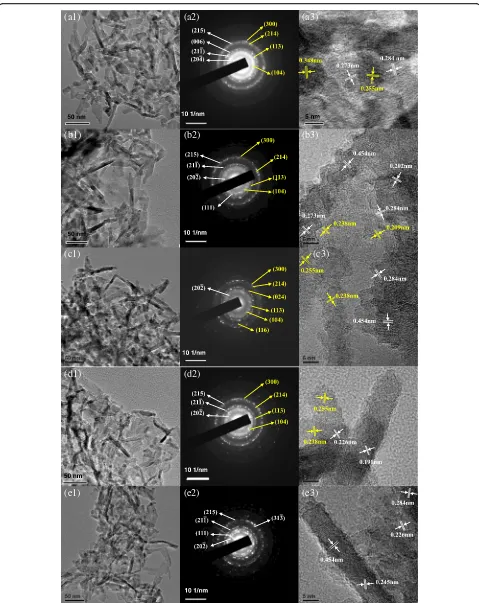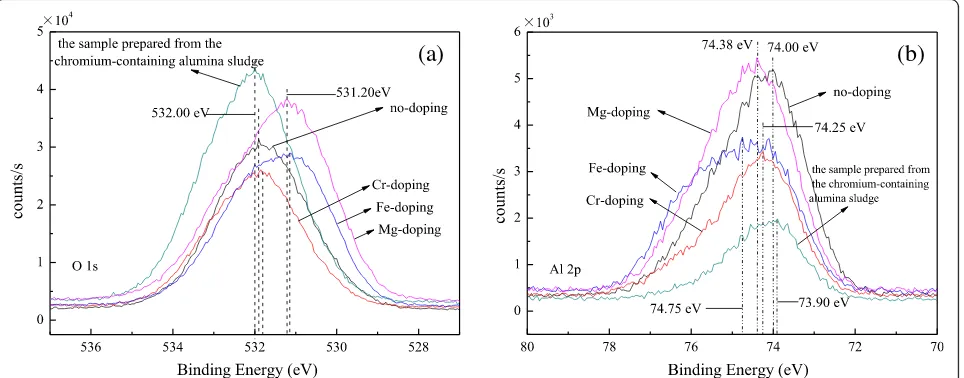Preparation of Alumina Nanorods from Chromium Containing Alumina Sludge
Full text
Figure

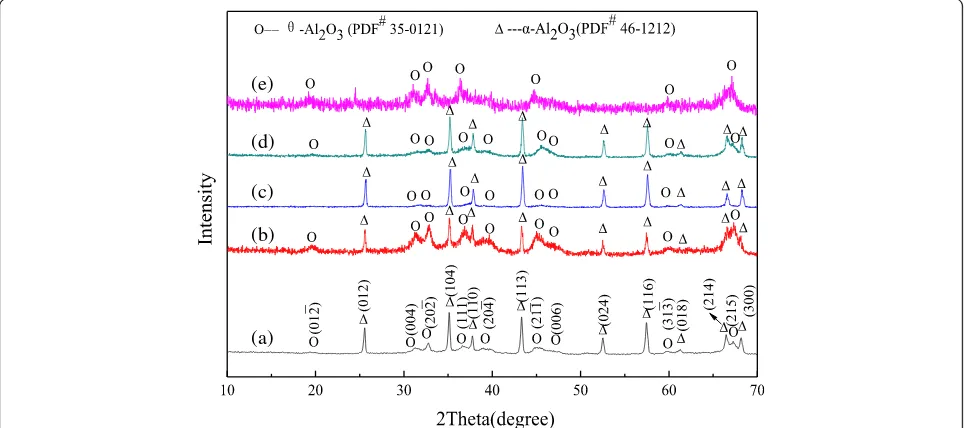
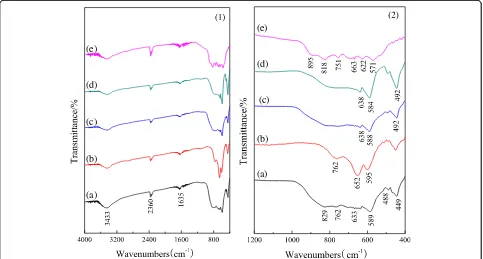
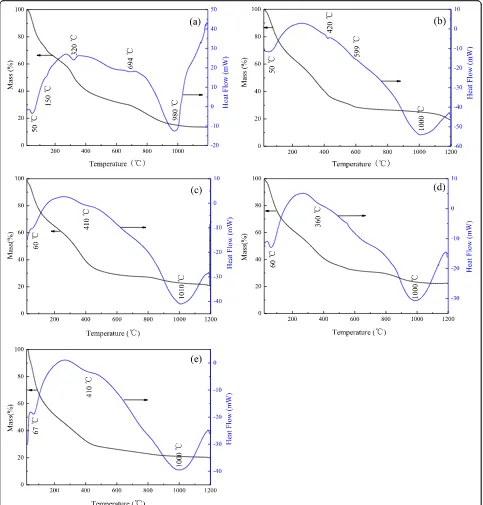
Related documents
• Whereas the electric force acts on a charged particle Whereas the electric force acts on a charged particle whether or not it is moving, the magnetic force acts on.. whether or
Thus managerial guidance consists in adequately structuring spaces for open deliberation, in the context of real open spaces for speech, or, as Ricœur (1992) says, in the sense
Discussions with these drivers was considerably different than the viewpoint of the taxi company owners except for the fact that, for the most part, they all agreed there were
Four points concerning this method (Eq. First, both the current and voltage electrodes must be placed as close together as possible because an to-V relation measured with
While for spontaneously broken internal symmetry (space-time symmetries will not be the subject of this paper; see e.g. [3]) in a Lorentz- invariant field theory it is always equal
This paper is the social satisfaction as one of the important indicators to classify it in two equal satisfaction, and relationship satisfaction, and the study
These latter are especially suited to design model substrates for NR and are used in ~90% of experiments on solid substrates in soft matter, both at air/solid interface
There was a significant difference in yield among sites, but no significant difference in yield among treatments or the treatment by site interaction (Table 3).. Yield is
